Results
-
 £118.99
£118.99Alleluia - Samuel R. Hazo
Commissioned by the award-winning Kalamazoo (MI) Concert Band, Alleluia is a convergence of hauntingly emotive themes that culminate in breath-taking builds. The Kalamazoo Gazette described it as the pinnacle of the concert inwhich it was premiered, adding that Hazo's master composition takes the listener from ...bells and chimes to full Hosannas. The result was transfiguring! It first fades like a sunset, then explodes in white light, bringing theaudience to their feet. Written for mature ensembles, this work will have a powerful impact on the performers as well as all who hear it. Dur: 7:55
Estimated dispatch 7-14 working days
-
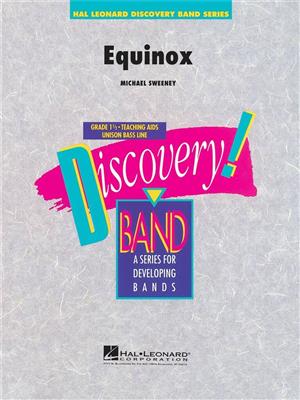 £38.50
£38.50Equinox - Michael Sweeney
Written in one tempo, this outstanding piece contrasts timbres and dynamics between the brass, woodwinds, and percussion. The themes are rhythmic and the percussion writing is creative and interesting. Another winner from Michael Sweeney.
Estimated dispatch 7-14 working days
-
 £60.99
£60.99Christmas Travelogue
What a great energetic way to open your Christmas concert and bring focus to the joyful sounds of the season! Themes from Spain, Czechoslovakia, Poland, England and France lead us on a delightful Christmas tour, and James Curnow'soutstanding orchestration technique ensures that all the musicians have rewarding parts to play. You'll enjoy the melodic twists and turns as the consistent unifying tempo charges implacably toward the exciting finale. (Grade 4)
Estimated dispatch 7-14 working days
-
 £89.99
£89.99Catch me if you can - John Williams
(Feature for Alto Sax and Concert Band). Haunting and captivating describe John Williams' score to this hit movie featuring Leonardo DiCaprio and Tom Hanks. The music features an alto sax soloist and a wide variety of unique percussion and scoring devices. This superb arrangement includes the most striking musical themes from the soundtrack in a marvelous concert setting.
Estimated dispatch 7-14 working days
-
 £66.95
£66.95Olsenbanden (Flexible Ensemble - Score and Parts) - Fabricius-Bjerre, Bent - Kjaernes, Bjorn Morten
This work fits very well in the Showblow series, but as is often the case in film music, the themes are quite short. In order to create a variation on the theme, musical ideas have been taken from the composer's own performances. The same applies to the introduction and conclusion. If you want, it can also be marched in the streets, which is guaranteed to bring smiles to the lips of the audience.Flexible instrumentation (Flex 5 ShowBlow) makes it playable for small as well as larger ensembles.Duration: 2.00
Estimated dispatch 7-14 working days
-
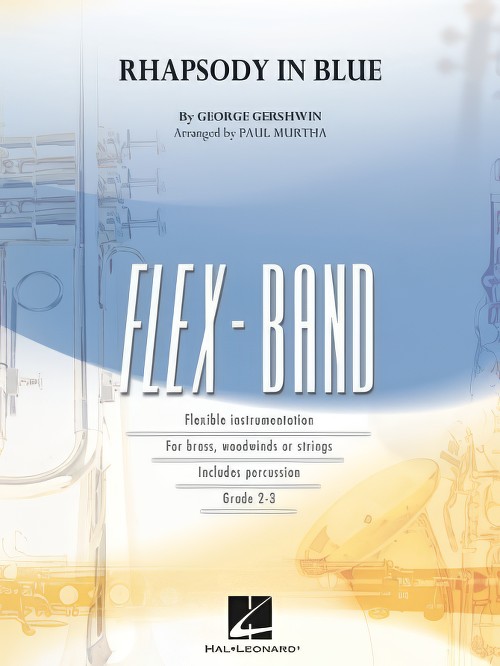 £64.99
£64.99Rhapsody in Blue (Flexible Ensemble - Score and Parts) - Gershwin, George - Murtha, Paul
Gershwin's landmark work brought elements of jazz to the symphonic stage. Featuring the main themes from this masterpiece here is a well-paced and effective setting for flexible instrumentation.
Estimated dispatch 7-14 working days
-
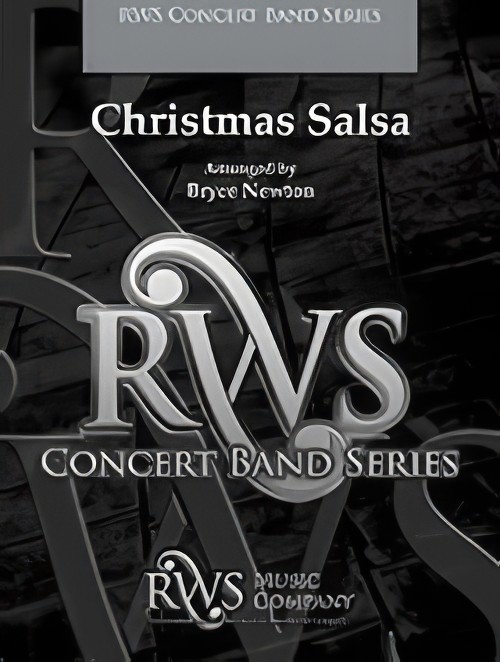 £75.00
£75.00Christmas Salsa (Concert Band - Score and Parts) - Newton, Bryce
Bryce Newton's newest holiday work is the perfect choice to add interest and variety to your holiday program. Combining themes from Here We Come a-Caroling and Angels We Have Heard on High, this piece is carefully crafted in a fun salsa style that your musicians will love to play. Very accessible in limited rehearsal time, Christmas Salsa will bring wonderful energy and excitement to your holiday concert or assembly. Duration: 2.15
Estimated dispatch 7-14 working days
-
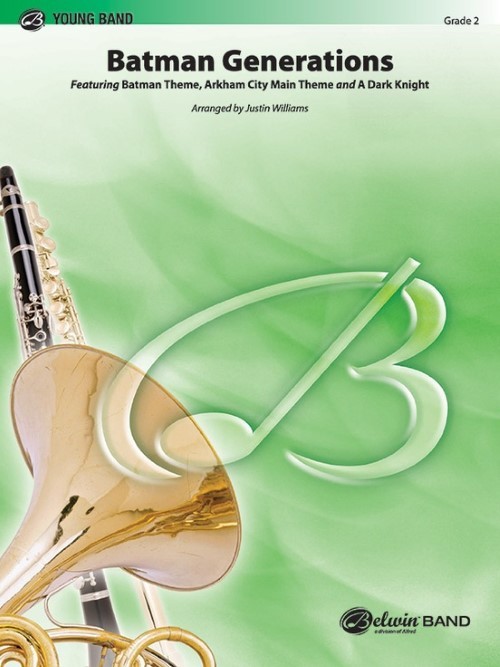 £64.95
£64.95Batman Generations (Concert Band - Score and Parts) - Williams, Justin
Batman has been, and remains, one of the most beloved superheroes in American culture. His legacy and presence have stood the test of time. Truly, Batman is a hero for the ages. Batman Generations is an exciting trip down memory lane featuring several memorable themes from Batman's history including the iconic Batman Theme, Arkham City Main Theme, and A Dark Knight.Duration: 3.00
Estimated dispatch 7-14 working days
-
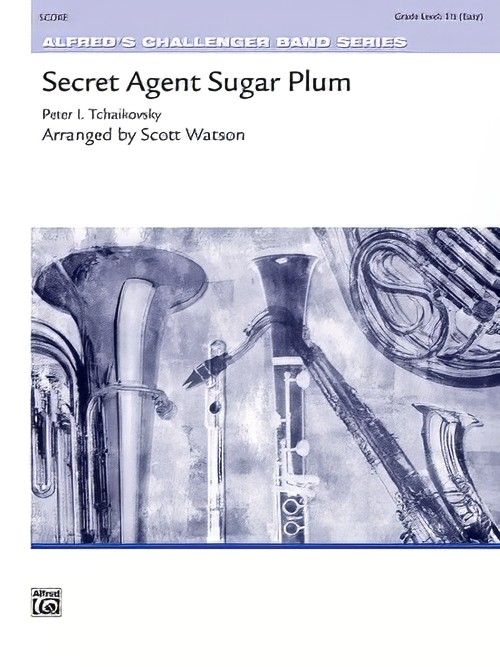 £52.95
£52.95Secret Agent Sugar Plum (Concert Band - Score and Parts) - Tchaikovsky, Peter Ilyich - Watson, Scott
Did the cookies that were left out on Christmas Eve mysteriously vanish? Secret Agent Sugar Plum of the Holiday Sweets Division of WinterPol is the only operative for these holiday capers. Set to a driving rock beat, this clever arrangement fuses themes from Tchaikovsky's Dance of the Sugar Plum Fairy with classic spy music idioms.Duration: 2:20
Estimated dispatch 7-14 working days
-
 £118.99
£118.99Alleluia (Concert Band - Score and Parts) - Hazo, Samuel R.
Alleluia is a convergence of hauntingly emotive themes that culminate in breath-taking builds. The Kalamazoo Gazette described it as the pinnacle of the concert in which it was premiered, adding that Hazo's master composition takes the listener from "...bells and chimes to full Hosannas. The result was transfiguring! It first fades like a sunset, then explodes in white light, bringing the audience to their feet." Written for mature ensembles, this work will have a powerful impact on the performers as well as all who hear it.Duration: 8.00
Estimated dispatch 7-14 working days
